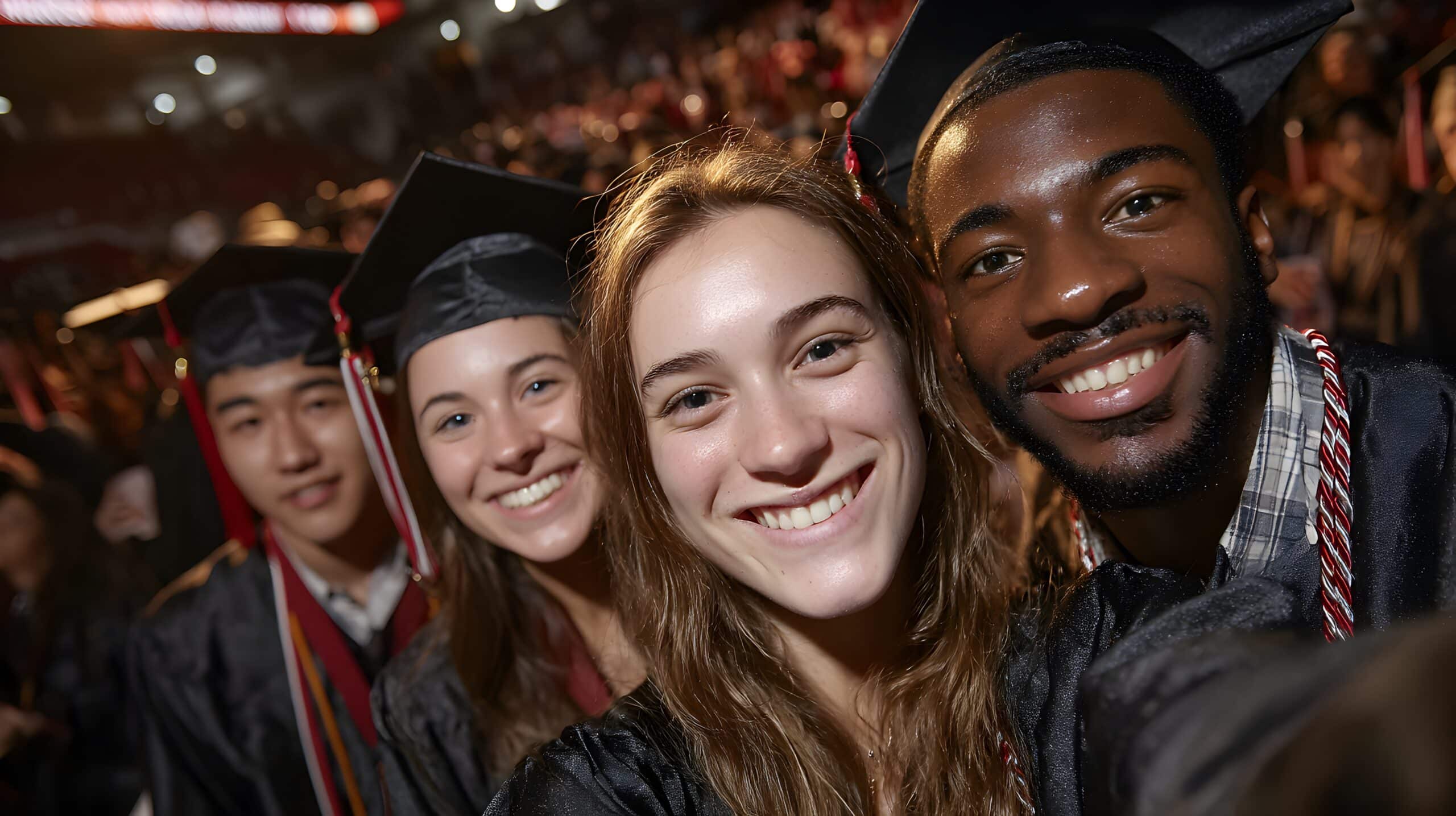Postsecondary Education Committee
NAEHCY’s Postsecondary Education Committee is dedicated to advancing access, retention, and success in higher education for youth experiencing homelessness and housing instability. The committee brings together professionals from K-12 and postsecondary institutions, service providers, advocates, and policy leaders to identify barriers, share effective practices, and promote systemic change that supports students beyond high school.

Key goals of the committee include:
- Increasing awareness and implementation of federal and state policies that protect and support homeless youth in higher education settings.
- Promoting collaboration between K–12 McKinney-Vento liaisons and college access professionals to ensure seamless transitions for students.
- Advocating for the establishment of Single Points of Contact (SPOCs) at colleges and universities to serve as dedicated liaisons for students who have experienced homelessness or are currently navigating housing insecurity. SPOCs help students access housing resources, financial aid, support services, and other critical assistance throughout their postsecondary journey.
- Elevating student voice and lived experience in shaping responsive and equitable supports.
- Developing tools, trainings, and resources that strengthen the capacity of institutions to serve this population effectively.
- Advocating for data-informed policies and funding priorities that expand educational opportunities for students experiencing homelessness.
Through webinars, resource development, stakeholder engagement, and national leadership, the Postsecondary Education Committee plays a vital role in fulfilling NAEHCY’s mission to remove barriers and create pathways to opportunity for all students.
Committee Co-Chair: Shirley Fan-Chan, MPA, Homeless Education State Coordinator, Massachusetts Department of Elementary and Secondary Education
Committee Co-Chair: Lisa Jackson, LCSW, Assistant Teaching Professor, College of Social Work, Florida State University
Meet Our Scholars
Watch video vignettes of our resilient, determined NAEHCY scholars and hear more about their future plans.